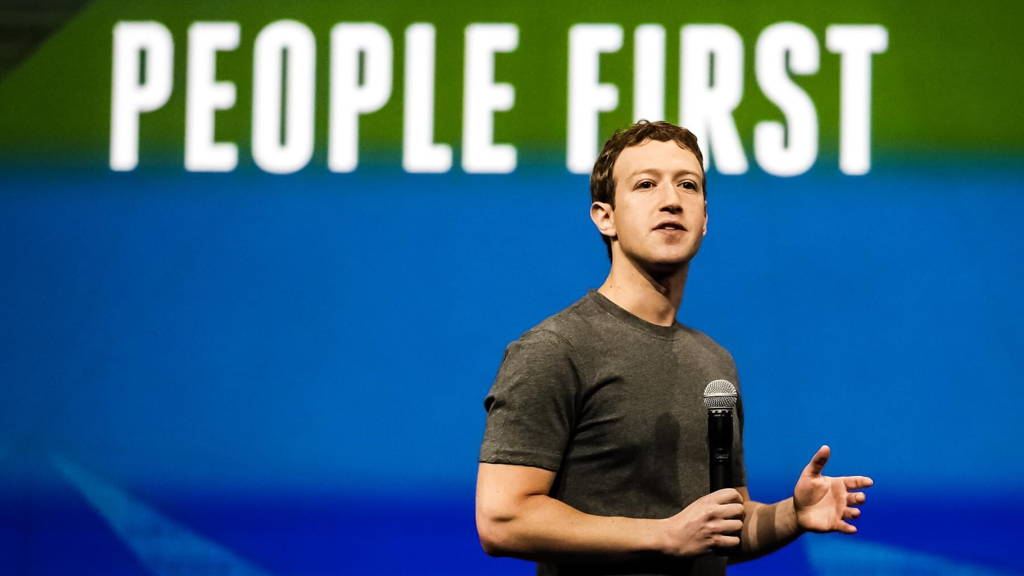“Can we all together work to cure, prevent or manage all disease within our children’s lifetime? We think it’s possible and so do scientists,” Chan added. “It’s not that we won’t ever get sick, but that our children and their children will get sick a lot less.” Chan added that they had already committed $600m to creating a new research centre called the Biohub, which will bring together engineers, computer scientists, biologists, chemists and other innovators.
The Chan Zuckerberg Initiative will focus on some of the world’s biggest killers, including heart disease, cancer, infectious diseases and neurological diseases. A big chunk of money will go to the aforementioned “Biohub” at UCSF, which will bring together scientists and engineers from Stanford, Berkeley and UCSF – who haven’t collaborated in this way before – to develop tools to treat diseases.
The way healthcare works needs to change as well. Zuckerberg said that at present 50 times more money was spent on treating people who are sick than on curing the diseases that would stop them getting ill in the first place, and added that this needed to change: from curing to preventing.
Zuckerberg outlined three guiding principles:
• to bring scientists and engineers togethe
• to build tools and technology that advance researc
• to grow the movement to fund more science around the world
Now artificial intelligence could help with brain imaging to treat neurological diseases, machine learning could be used to analyse cancer genomes, and chips and blood monitors could identify diseases quickly. “These are the kinds of tools we want to focus on building at the Chan Zuckerberg Initiative.”
American neurobiologist Cornelia Bargmann will lead theZuckerberg-Chan initiative. She gave the example of a “cell atlas”, a comprehensive resource that maps the locations, types and molecular properties of all of the cells in the human body. “We need this to develop new understanding and cures for diseases in all areas of medicine.”
The Chan Zuckerberg Initiative will focus on some of the world’s biggest killers, including heart disease, cancer, infectious diseases and neurological diseases. A big chunk of money will go to the aforementioned “Biohub” at UCSF, which will bring together scientists and engineers from Stanford, Berkeley and UCSF – who haven’t collaborated in this way before – to develop tools to treat diseases.
The way healthcare works needs to change as well. Zuckerberg said that at present 50 times more money was spent on treating people who are sick than on curing the diseases that would stop them getting ill in the first place, and added that this needed to change: from curing to preventing.
Zuckerberg outlined three guiding principles:
• to bring scientists and engineers togethe
• to build tools and technology that advance researc
• to grow the movement to fund more science around the world
Transformative technology
The second focus will be on transformative technology, to be made available to all scientists everywhere. Zuckerberg stated that throughout the history of science, most of the major scientific breakthroughs have been preceded by some new tool and technology that allow people to see in new ways. The telescope helped to understand astronomy and the universe, the microscope helped to understand cells and bacteria to help us develop treatments for infectious diseases, while DNA sequencing and editing helps us fight cancer and genetic disorders.Now artificial intelligence could help with brain imaging to treat neurological diseases, machine learning could be used to analyse cancer genomes, and chips and blood monitors could identify diseases quickly. “These are the kinds of tools we want to focus on building at the Chan Zuckerberg Initiative.”
American neurobiologist Cornelia Bargmann will lead theZuckerberg-Chan initiative. She gave the example of a “cell atlas”, a comprehensive resource that maps the locations, types and molecular properties of all of the cells in the human body. “We need this to develop new understanding and cures for diseases in all areas of medicine.”






